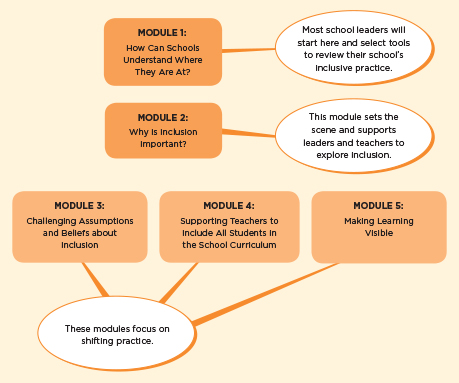New Zealand Curriculum Online navigation
Home
- The New Zealand Curriculum
- The Curriculum nautilus
- Browse-Tags
- Homepage images
- External Links
- Strengthening local curriculum
- Teaching as inquiry
- Refreshing the New Zealand Curriculum
- We are moving to Tāhūrangi
- Principles
- Key competencies
- System of support (incl. PLD)
-
Inclusive practices
- Implementing an inclusive curriculum
- Inclusion in practice
-
Facilitating professional learning
- Facilitating PLD about inclusion
- Module 1: How can schools understand where they are at?
- Module 2: Why is inclusion important?
- Module 3: Challenging assumptions and beliefs about inclusion
- Module 4: Supporting teachers to include all learners in the school curriculum
- Module 5: Making learning visible
- About this resource
- Glossary
- Recommended resources
- References
- Curriculum resources
- Archives
- Sitemap
- About New Zealand Curriculum Online
- Assessment Online
- Senior Secondary Guides
- Secondary Portal
- School Leavers’ Toolkit

